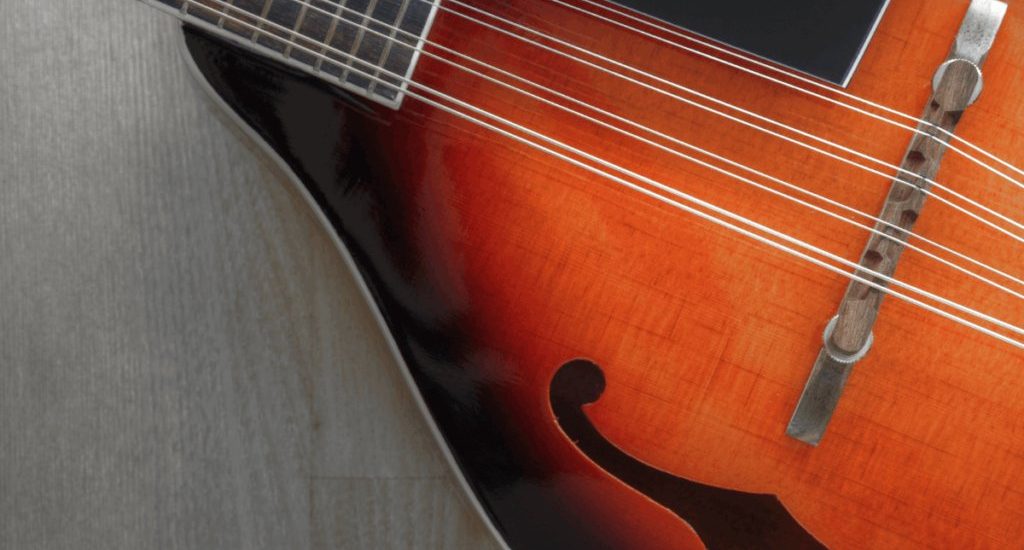A mandolin typically has eight strings. The elegant and melodious nature of this instrument has captivated musicians for centuries. Understanding the strings of a mandolin is key to exploring its rich sound possibilities. Delve into the world of mandolin music and let the strings guide your musical journey. Uncover the secrets held within the eight strings of this enchanting instrument. Explore the magic of how many strings does a mandolin have and unlock a world of musical wonder.
How Many Strings Does a Mandolin Have?
Welcome, curious readers! Today, we are diving into the wonderful world of music to explore the enchanting mandolin. One of the most common questions asked by beginners and music enthusiasts alike is, “How many strings does a mandolin have?” Let’s unravel this musical mystery together!
The Basics of the Mandolin
Before we jump into the number of strings on a mandolin, let’s first understand what a mandolin is. The mandolin is a beautiful stringed instrument that belongs to the lute family. It has a pear-shaped body, a fretted neck, and a unique sound that is both bright and captivating.
The mandolin is often associated with various music genres, including bluegrass, folk, country, and classical music. It has a rich history that dates back centuries and continues to charm audiences around the world.
Traditional Mandolin String Configuration
Now, let’s get to the heart of the matter – the strings! A standard mandolin typically has eight strings. These strings are divided into four pairs, known as courses. Each course consists of two strings that are tuned to the same note.
The four courses on a traditional mandolin are tuned to the following notes:
1. G
2. D
3. A
4. E
From the high-pitched E to the deep, resonant G, each string adds a unique flavor to the mandolin’s melody, creating a harmonious blend of tones that is truly captivating.
Exploring Variations in Mandolin Strings
While the standard mandolin configuration consists of eight strings, there are variations that you might come across in your musical journey. Some mandolins feature additional strings, such as the octave mandolin, which has four additional strings, extending the range and versatility of the instrument.
Moreover, modern mandolin designs may incorporate innovative string configurations to suit different playing styles and genres. Whether you prefer a classic eight-string mandolin or a customized version with additional strings, the beauty of the mandolin lies in its adaptability and diverse sonic possibilities.
Understanding Tuning and String Maintenance
Now that you know how many strings a mandolin typically has, let’s delve into the importance of tuning and maintaining your instrument’s strings. Proper tuning is essential to ensure that your mandolin produces the correct notes and harmonies.
When tuning your mandolin, you can use an electronic tuner or tune it by ear using a reference pitch. Make sure to check the tuning of each string regularly to keep your instrument sounding its best.
String maintenance is also crucial for preserving the quality and longevity of your mandolin strings. Wiping down the strings after playing, avoiding excessive humidity or temperature changes, and replacing worn-out strings when necessary are simple yet effective ways to care for your instrument.
In conclusion, the mandolin is a fascinating instrument with a distinctive sound and rich musical heritage. From its traditional eight-string configuration to innovative variations, the mandolin offers a world of creative possibilities for musicians of all levels.
So, the next time you hear the sweet melodies of a mandolin, remember the four pairs of strings that bring this enchanting instrument to life. Whether you are a beginner learning to play your first notes or an experienced musician exploring new musical horizons, the mandolin’s strings are sure to inspire and delight your ears!
Keep strumming, keep exploring, and let the enchanting sounds of the mandolin carry you on a musical journey like no other. Happy playing!
How to Change Mandolin Strings
Frequently Asked Questions
How many strings does a mandolin typically have?
A mandolin usually has 8 strings arranged in 4 pairs, known as courses. Each pair of strings is tuned to the same note, with each course tuned to G-D-A-E, similar to the violin’s tuning.
Is it common for mandolins to have more or fewer than 8 strings?
While 8 strings is the standard configuration for a mandolin, there are variations with more or fewer strings. Some mandolins may have additional strings for a total of 10 or 12, but the traditional mandolin design features 8 strings.
What is the purpose of having multiple strings on a mandolin?
The paired strings on a mandolin create a unique sound that is characteristic of the instrument. The doubled strings produce a chorus effect, adding richness and depth to the music played on the mandolin. Additionally, the paired strings enable players to perform intricate melodies and fast picking techniques.
Final Thoughts
In conclusion, the mandolin typically has eight strings, divided into four pairs. These strings produce the melodious sound that is synonymous with this iconic instrument. Understanding how many strings a mandolin has is crucial for beginners and experienced players alike. By mastering the eight strings, musicians can create beautiful melodies and harmonies that define the unique sound of the mandolin. So, next time you pick up a mandolin, remember its distinctive eight-string configuration and let your music soar.










